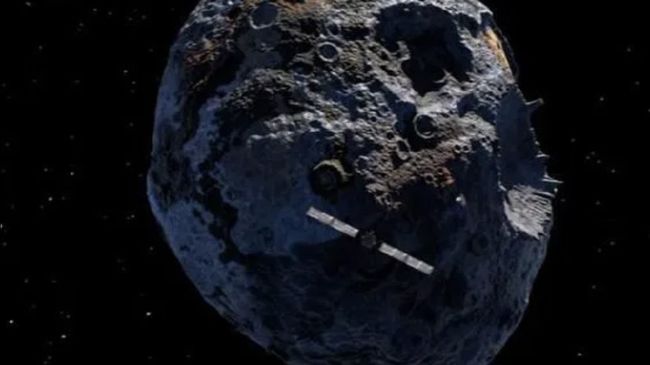– We have collected 80 high-energy neutrinos that come from the same direction in space, namely a galaxy called NGC 1068, which we know has an active supermassive black hole in the middle, says Chad Finley, a particle physicist at the University of Stockholm and was with him to build the neutrino detector at the South Pole, IceCube.
These particles can now reveal to us what is happening around a black hole that you often cannot “see” because it is embedded in gas and dust.
Galactic accelerators
Around an active black hole, gas and dust are spinning faster and faster towards the center. In the process, large amounts of energy are released, meaning the area around the black hole could be transformed into a huge particle accelerator.
Such galactic accelerators are suspected to produce extremely energetic protons and atomic nuclei. All space is perforated by these particles and the phenomenon is called cosmic radiation. The earth is also irradiated day and night without us knowing where the radiation is coming from.
Reveal the source
Although cosmic radiation has been speculated to come from active black holes, it has not been possible to tie it there.
– It was a great mystery where the cosmic radiation comes from. In a hundred years, it has not been possible to determine where these particles are accelerated and become so energetic, says Chad Finley, who is also part of the IceCube Collaboration, which is behind the study published this week. Science.
The 80 high-energy neutrinos captured by the IceCube Observatory now reveal that they formed in a galactic particle accelerator around the black hole in NGC 1068. This means that cosmic rays may also have their source here.
– A mission for neutrino astronomy has been to identify the places where particles are accelerated to high energies and we have now actually succeeded in doing so, says Chad Finley.
Play the video to see how the breakthrough in neutrino astronomy came about.


